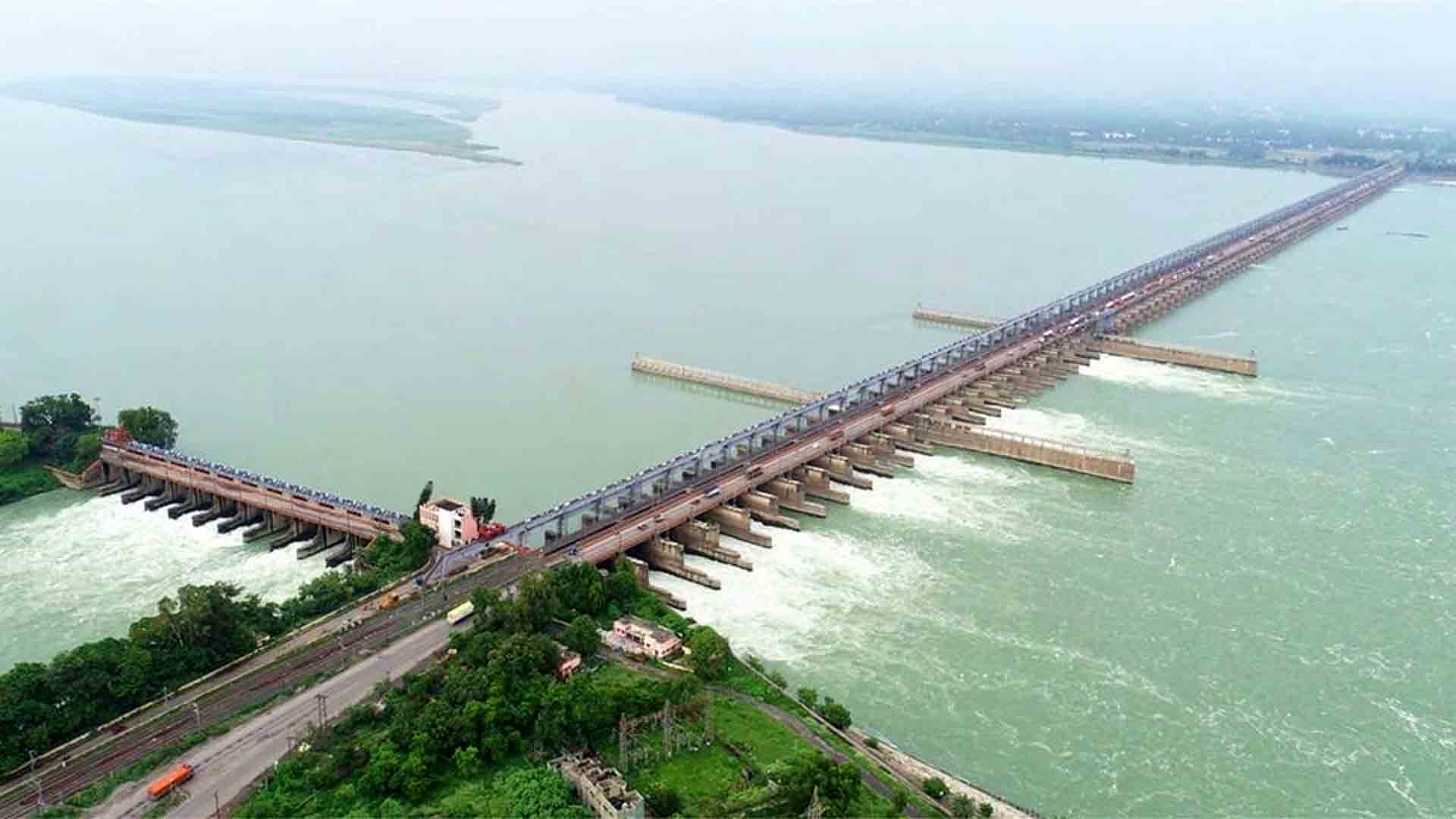

 Farakka Barrage- A Controversial Engineering Marvel That Shapes India-Bangladesh Relations
Farakka Barrage- A Controversial Engineering Marvel That Shapes India-Bangladesh Relations
The Farakka Barrage stands as a symbol of engineering prowess, strategically located across the Ganga river in the Indian state of West Bengal. Built to address sedimentation in Kolkata’s harbor and facilitate water diversion, this structure has far-reaching consequences, particularly in the delicate relationship between India and Bangladesh. Despite its intended benefits, the barrage has sparked debates, disputes, and environmental concerns over the decades since its inception in the 1960s.
Construction and Purpose:
Initiated in 1962 and completed in 1970, the Farakka Barrage spans approximately 2,304 meters across the Ganga river. Primarily constructed by the Hindustan Construction Company, it boasts 109 gates, primarily serving to divert water to the Farakka Super Thermal Power Station and various smaller canals for drinking purposes. The primary purpose, however, was to divert 1,800 cubic meters per second of water to the Hooghly River, aiming to flush out sediment from Kolkata’s harbor without the need for mechanical dredging.
Challenges and Controversies:
Despite its ambitious goals, the Farakka Barrage has faced several challenges and controversies since its inception. It became apparent post-commissioning that the diverted water flow wasn’t sufficient to adequately clear sediment from the river. Furthermore, the high backwaters of the barrage have led to land and bank collapses, displacing significant populations and altering the river’s course. Moreover, concerns over water sharing between India and Bangladesh have been longstanding, with the barrage disrupting Bangladesh’s water supply and sparking diplomatic tensions.
Water Sharing Agreement:
The Farakka water sharing treaty, signed in 1996 between India and Bangladesh, attempted to address these concerns. However, the agreement lacked unconditional guarantees for minimum water supply to either country, leaving room for contention. Bangladesh, in particular, has raised concerns over increased salinity levels, contaminated fisheries, hindered navigation, and deteriorating water quality, blaming the barrage for these adverse effects.
Environmental Impact:
Beyond diplomatic disputes, the Farakka Barrage has significant environmental repercussions. Increased siltation in the Ganga river, exacerbated by the barrage, has been blamed for floods in Bihar and desertification due to lower soil moisture levels and heightened salinity. These environmental concerns have added complexity to an already contentious issue, sparking debates over the barrage’s long-term sustainability and its impact on local ecosystems.
The Farakka Barrage remains a pivotal engineering feat with profound implications for both India and Bangladesh. While it aimed to address sedimentation and facilitate water diversion, its legacy is marred by diplomatic tensions, environmental degradation, and displacement of communities. As discussions persist on water sharing agreements and environmental mitigation measures, the Farakka Barrage stands as a testament to the intricate interplay between engineering interventions and geopolitical realities in the region.